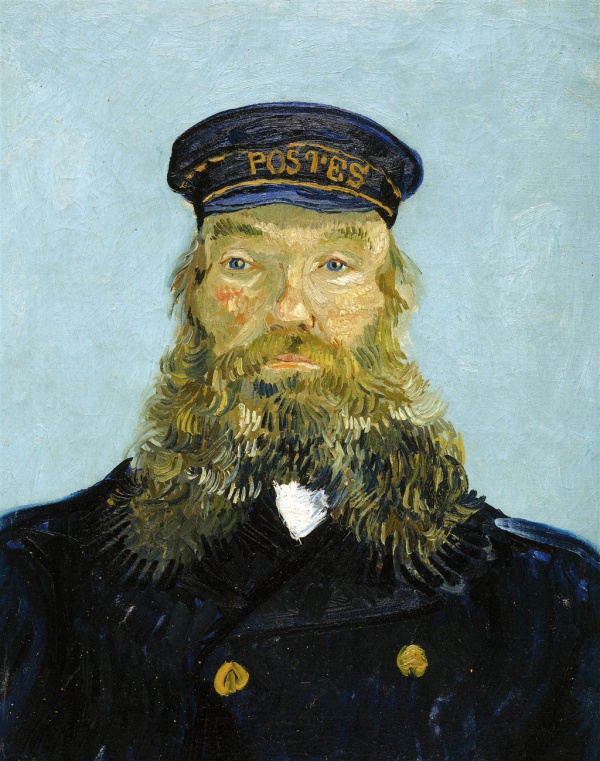Facts About The Roulin Family
The Roulin Family is a captivating series of portrait paintings by Vincent van Gogh, created during his time in Arles from 1888 to 1889. This collection features Joseph Roulin, his wife Augustine, and their three children: Armand, Camille, and Marcelle. For Van Gogh, who often struggled to find willing models due to financial constraints, the Roulin family's cooperation was a golden opportunity.
Joseph Roulin, the postman and patriarch of the family, became a close friend of Van Gogh during his stay in Arles. Van Gogh's approach to these portraits was not focused on creating lifelike depictions but rather on evoking emotions through imaginative use of colors and themes. Each painting reflects different stages of life, with the family members portrayed in various settings and poses.
This period in Arles marked a prolific phase in Van Gogh's career. He delved into themes of ordinary life and experimented boldly with color and form. The attention to detail and symbolism in each portrait is remarkable. For instance, Augustine, Joseph's wife, was painted in various settings by both Van Gogh and Paul Gauguin, highlighting their distinct artistic styles. Armand, the eldest son, and Camille, the middle child, were each given unique characteristics and expressions in their portraits. Marcelle, the youngest, was painted multiple times, capturing her innocence and infancy.
Van Gogh's use of color and brushstrokes was deliberate and thoughtful, conveying the emotions and relationships within the family. These paintings also served as a form of payment to the Roulins, who kindly posed for him on numerous occasions. The series reflects Van Gogh's deep admiration for the Roulin family and his dedication to portraying their essence through his art.

 Canada
Canada